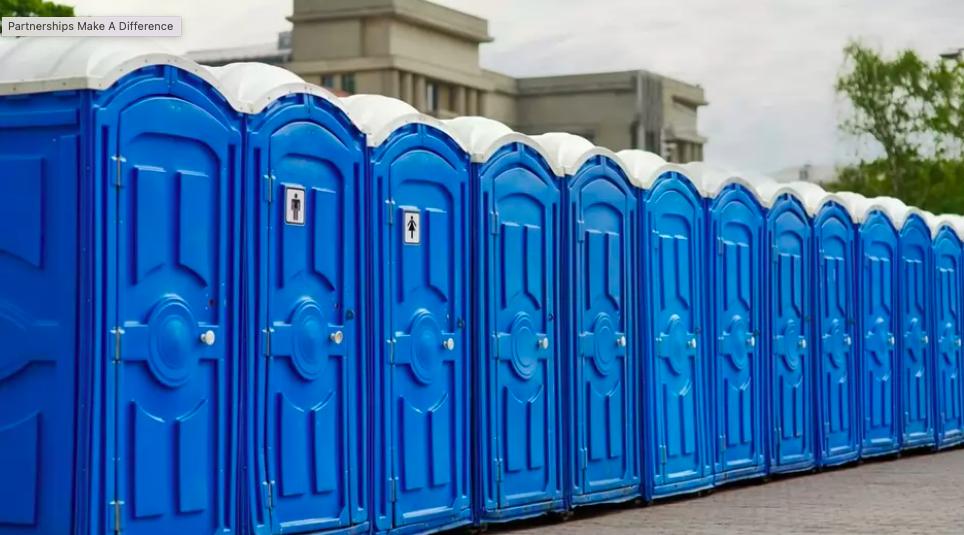Partnerships Make A Difference

We are witnessing something really unique and unprecedented in Indian history as we are expanding our horizons, strengthening our economy, and creating transparent and inclusive systems to achieve a ‘developed nation’ status for our country by the year 2047.
We all know how important the role of health and sanitation is in achieving this ambitious target. Proper health and sanitation facilities are often what separate developed nations from their developing counterparts. Lack of access to safe sanitation can pull down any nation, not just in terms of increased disease burden and malnutrition, thus compromising future generations by impairing their cognitive development, but also in terms of economic loss to the nation.
According to a World Bank study, poor sanitation can cost billions in economic loss (6.4 percent of the GDP of India in 2006), due to premature deaths, cost of healthcare treatment, lost time, and productivity.
Additionally, improper disposal and treatment of wastewater and domestic faecal sludge cause pollution that impacts water resources and ecosystems alike. It was against this backdrop that in 2014, India embarked on a journey that sought to eliminate open defecation from the country through the Swachh Bharat Mission.
In just five years from the launch of the initiative, under the leadership of the Prime Minister, Narendra Modi, the world witnessed the coming together of a billion plus people in making India Open Defecation Free (ODF).
But India’s sanitation agenda did not stop there. In the context of rural India, Phase 2 of the mission launched in 2020 is envisioned to not just ensure the sustainability of achievements under Phase 1 but also provide adequate facilities for Solid and Liquid Waste Management (SLWM) in rural India.
A village that could sustain its ODF status besides having arrangements for either solid or liquid waste management was categorised as an ODF Plus village. The objective is to have all villages of India become ODF Plus villages before the current phase of the mission ends in 2025.
As we enter 2024, out of the 5,91,531 villages under Swachh Bharat Mission-Grameen (SBMG), over five lakhs have become ODF Plus. It is truly remarkable considering the scale and scope of the programme and also the fact that it was achieved despite the COVID-19 pandemic posing unforeseen challenges, thereby slowing down the pace of work under the mission for a considerable period of time.
